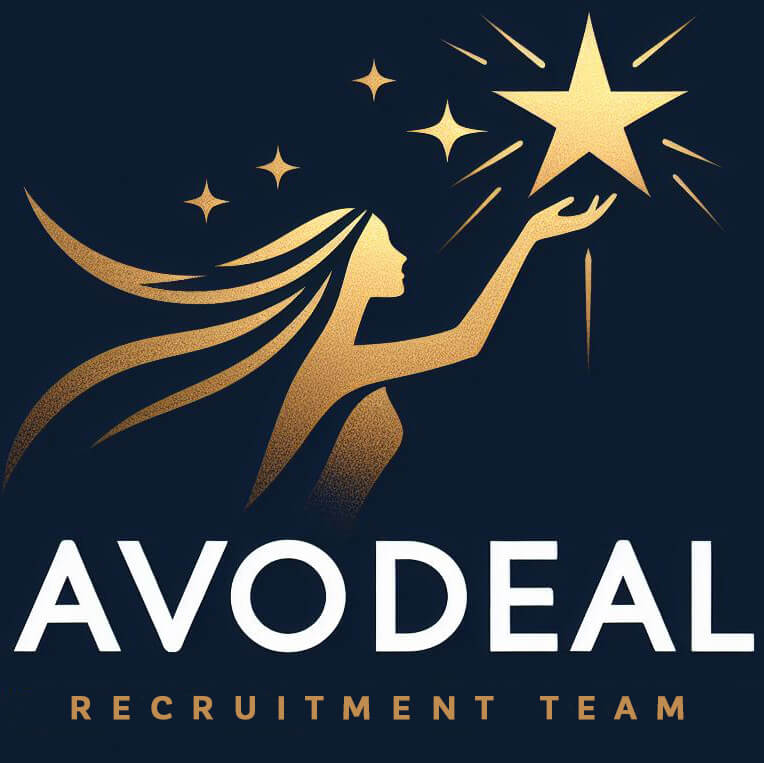How to build an effective CV

So much has been said about CV's, so many articles have been written, and there have been endless discussions on how to write a good CV. Yet recruiters still encounter CV's that are unreadable, unclear, or overly colorful. Crafting a well-structured CV is the first and most crucial step to success in your job search. As someone with years of experience in recruitment, I have reviewed hundreds, if not thousands, of CV's, assessing candidates for a variety of positions—from technical specialists to executives. I can confidently say that a well-written CV can become your powerful competitive advantage. But why is it so important?
CV is your business card
First of all, a well-structured CV is your business card. It's the first thing a recruiter or employer will see. You only have a few seconds to make an impression. Most recruiters quickly skim CV's to find key information: relevant experience, skills, and achievements. If these elements are poorly structured or hard to read, your CV risks being set aside. For example, I often come across non-standard CV's: documents overloaded with illustrations or bright colors that make it difficult to perceive the information. Sometimes I encounter CV's that lack any structure, making it hard to understand what skills the applicant possesses.
The importance of chronological order
Additionally, it's essential to follow reverse chronological order when describing your work experience. This means starting with your current or most recent job and then moving backward through your experience. This approach is convenient for recruiters because they can immediately see your current position and workplace, then look at the dates. For instance, if early in your career you were a junior specialist, and this role is listed first on your CV, while you are now a manager applying for a managerial role, there is a risk the recruiter might not notice your current level of expertise and set your CV aside.
CV adaptation for ATS
Secondly, your CV should be tailored to automated applicant tracking systems (ATS). These systems are used by many companies for initial candidate screening. ATS scan CV's for keywords that match the job description. For example, if a job posting lists requirements such as "experience with Python" or "knowledge of Agile," and your CV doesn't include these terms, the system might automatically reject it. Additionally, ATS evaluate CV structure, preferring documents formatted in a standard way: free of excessive graphics, tables, or unusual fonts that might hinder information processing.
Some systems also rank CV's based on their match to the job description using algorithms. For instance, if you have relevant skills but they are scattered throughout the document instead of being listed in the “Skills” section, the system might not recognize them. Therefore, it's crucial for key information to be located in expected sections—such as “Work Experience,” “Skills,” and “Education.” To improve your chances of passing ATS, carefully review the job description and adapt your CV by incorporating keywords and phrases that align with the employer's requirements.
Your achievements in CV
Thirdly, a good CV helps you stand out among competitors. A single job posting can receive hundreds of applications, especially in popular fields. Your CV should not just list your duties but highlight your achievements. It's important to use specific numbers that demonstrate your impact in each role. For example, instead of a generic description like “performed testing,” write, “conducted testing for 50+ tasks, reducing bugs by 30%.” Numbers allow employers to see your results rather than just your processes.
However, it's important to maintain balance when using numbers. Sometimes CV's include excessive figures but lack essential technical details. For example, testers might write, “tested 100 tasks, developed 5 test frameworks,” but fail to mention the tools or methods used. Such CV's are difficult to evaluate because they don't reflect the level of professional competence. Therefore, when including numbers, always provide context: what technologies or approaches you used, what challenges you solved, and how you achieved your results. This will make your CV not only informative but also compelling.
Why the summary is so important?
Finally, a well-crafted CV is a tool for self-analysis. The process of creating it forces you to reflect on your strengths, professional experience, and career goals. One of the key elements of a CV that allows you to introduce yourself is the summary. This short statement highlights who you are as a professional and helps immediately show the recruiter that you are the right fit for the job. A good summary should be extremely clear, informative, and concise. To write one, answer a few questions: Who am I professionally? Where have I worked? What makes me unique? What areas of expertise do I excel in? By answering these, you can create an engaging and effective summary that sets the tone for your entire CV.
However, it's important to remember that the summary is just the first step. It captures attention, but your main experience and achievements must support the claims made in this section. Use the summary to highlight your key strengths, but don't forget the details in other parts of your CV. This approach will help you structure your career path and present yourself in the best possible light.
In this article, I shared both general tips and recommendations, as well as my years of experience as a recruiter. But that's not all. Next, we'll discuss the overall structure of a CV, the key features of a strong CV, and how to avoid common mistakes when creating one.
The second part “General Structure of CV” is via here
January, 28. 2025
© Diana Gokhshtein
